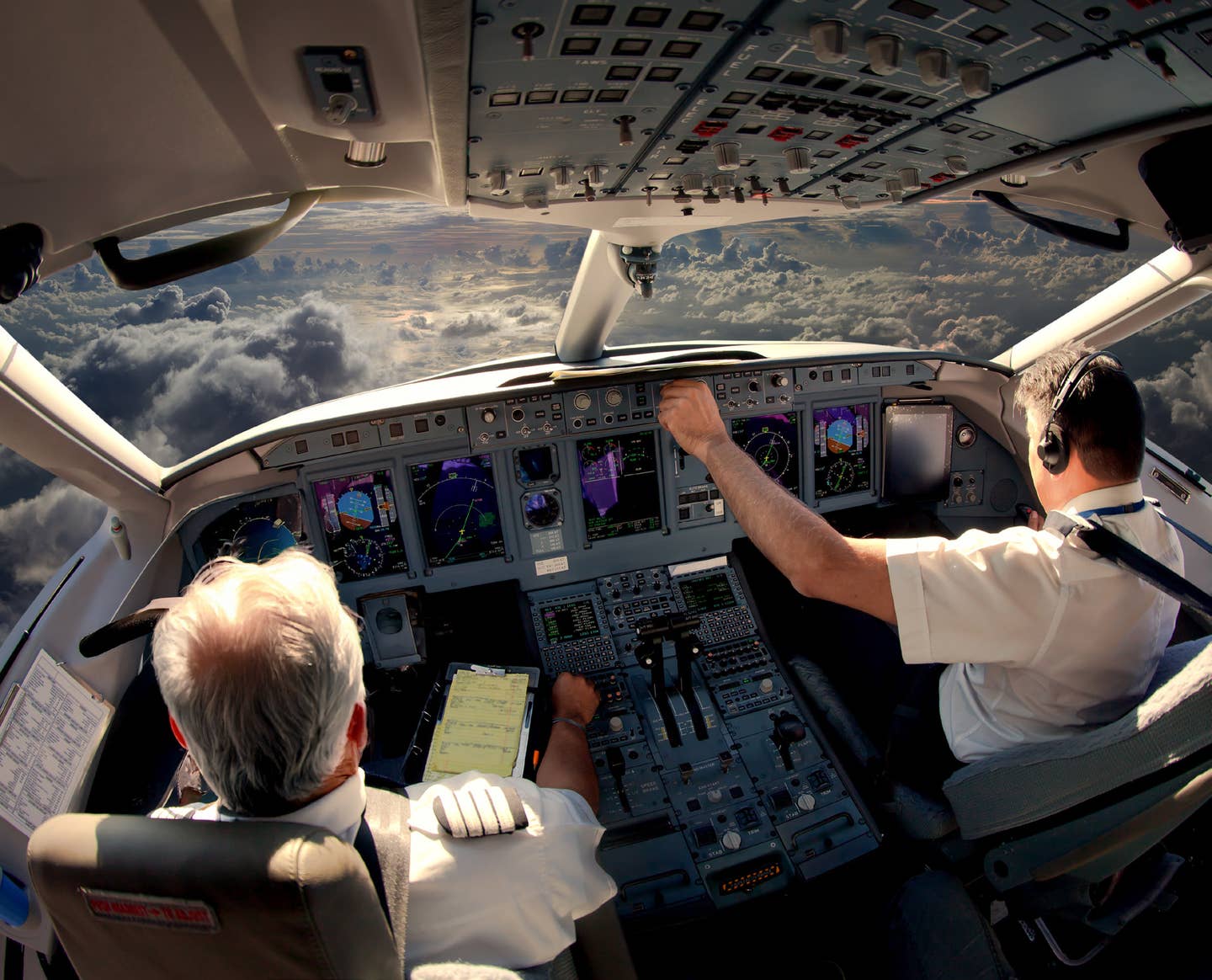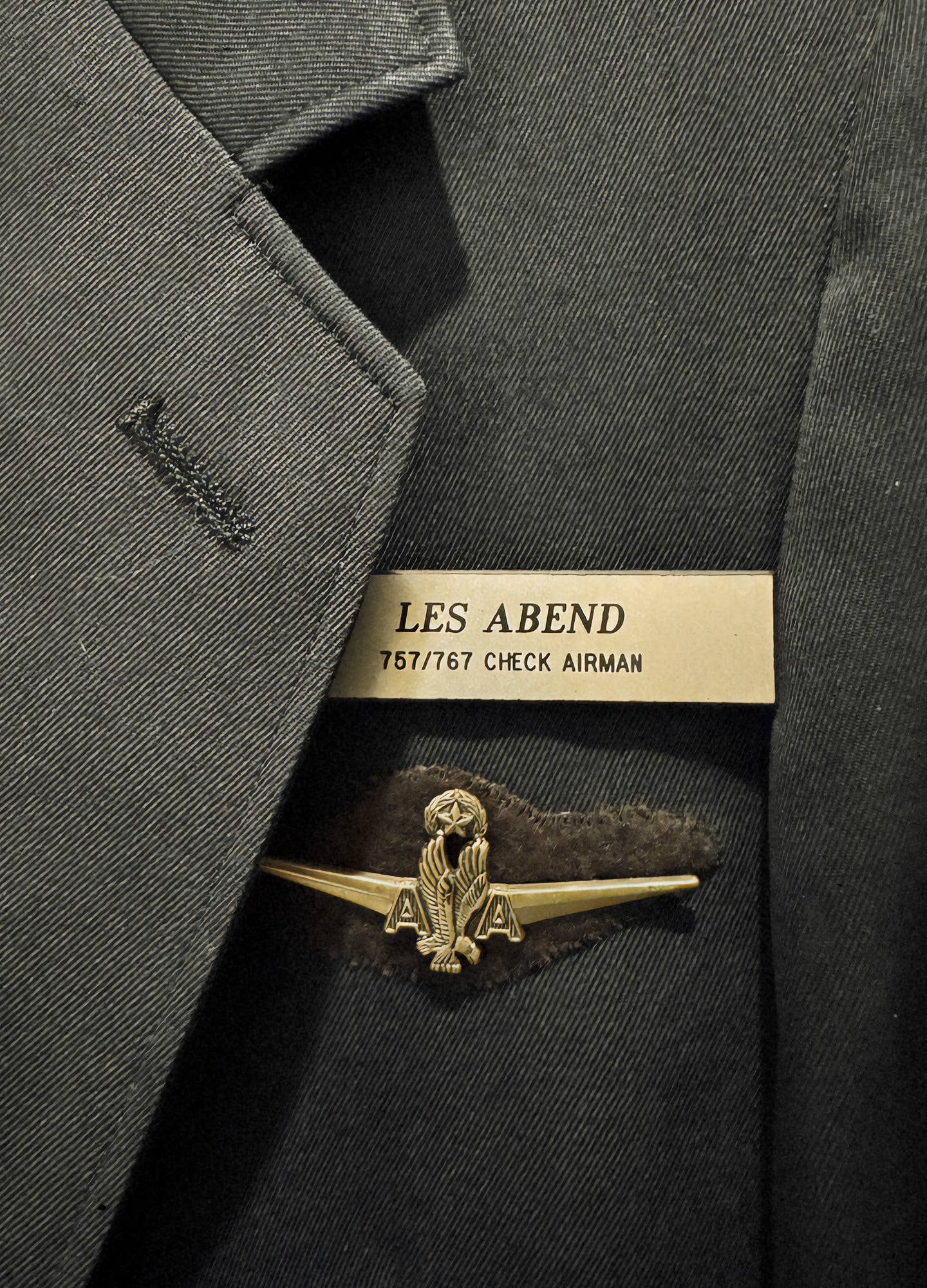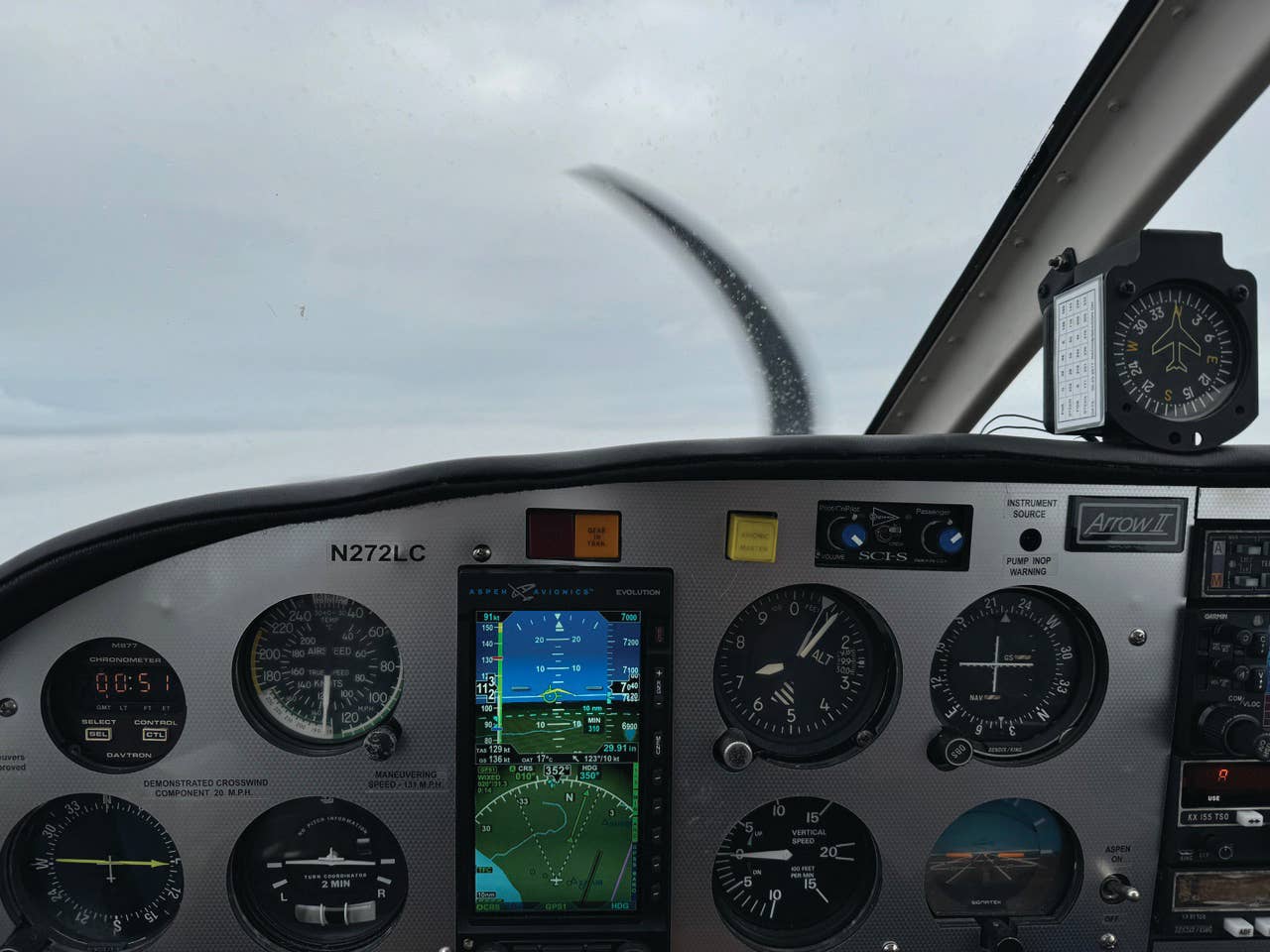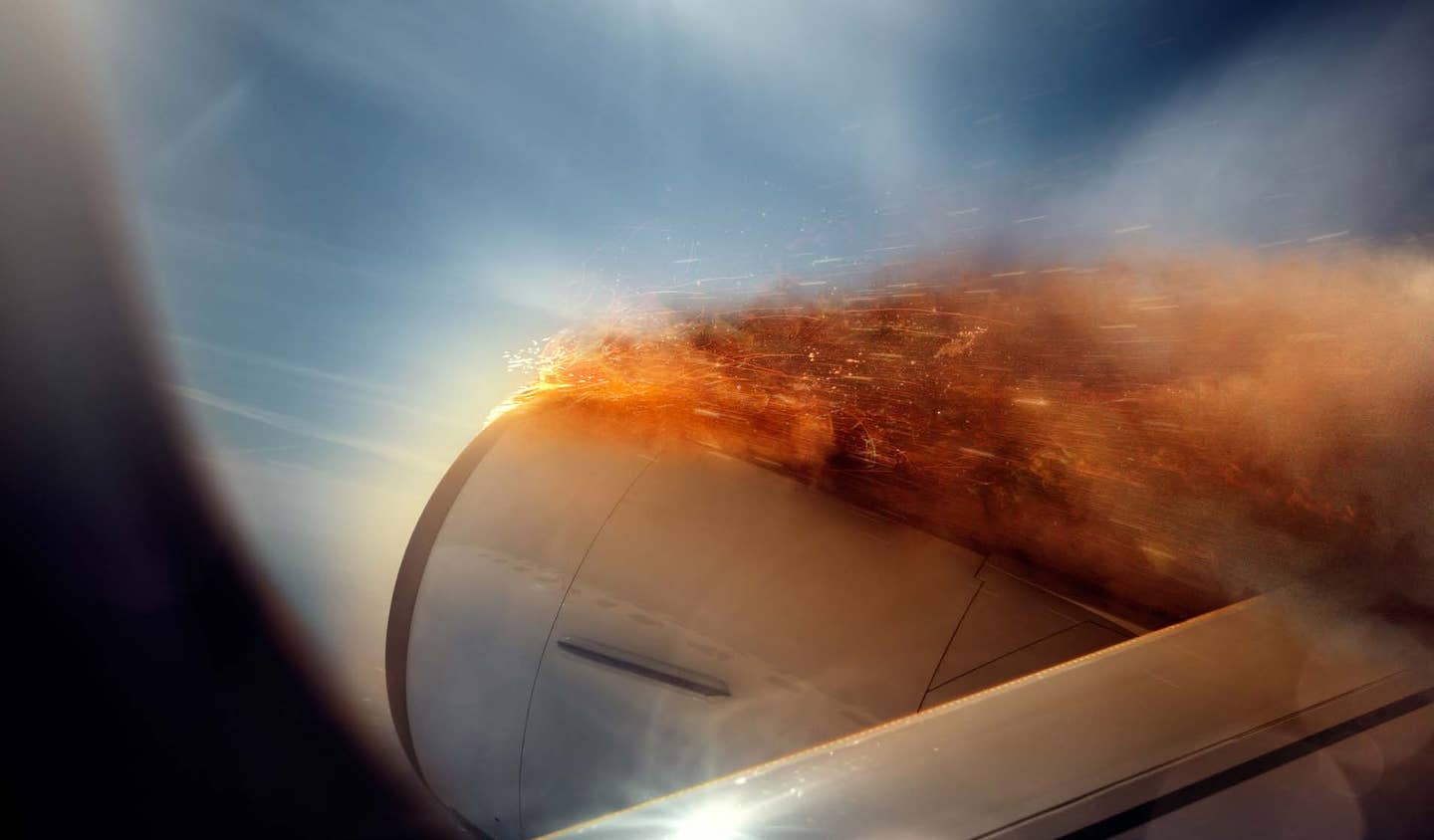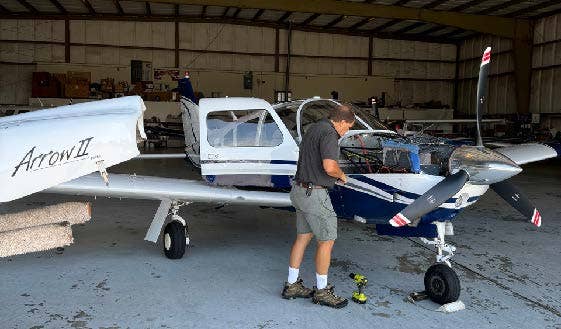So, You Can Actually Fly to Lunch?
Sharing the quintessential GA experience, the $100 hamburger, with nonpilots is always a treat.
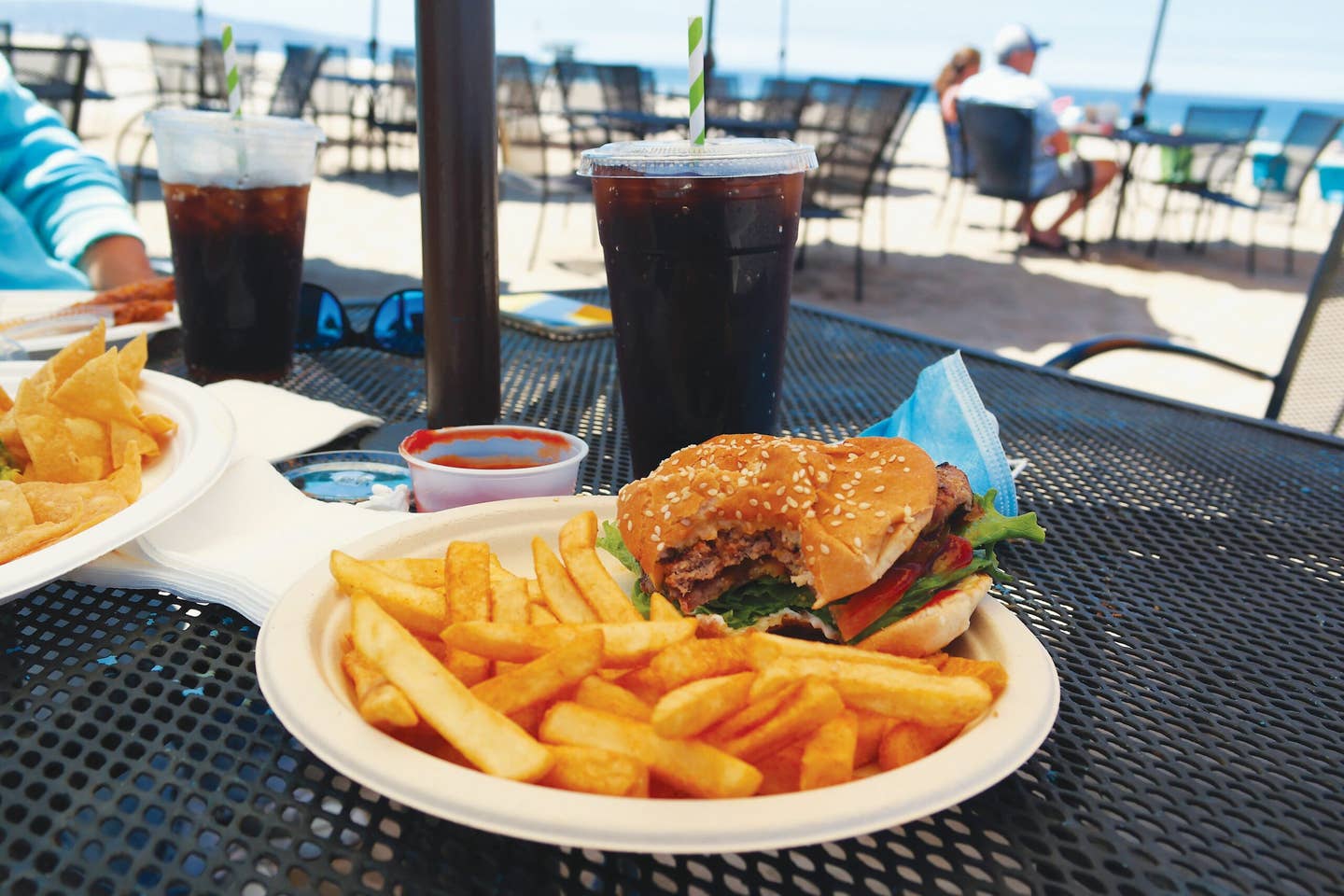
Can you actually fly to lunch? Yes, but it’s an even better experience with nonpilot friends. [iStock]
Raise your hand if you’ve had the following conversation: “So, do you have your own airplane?” You nod and maybe display a photo from your phone. “Is it like a Cessna?” You offer more specifics. “Where do you keep it?” You respond with XYZ airport. “You mean…like right at the airport?” You clarify that it’s kept in a hangar. “So, do you need permission to fly…like give somebody a flight plan or something, right?” You attempt to clarify further, but an expression of consternation usually remains.
Apparently as a veteran airline pilot, I am a magnet for such exchanges because folks consider the profession an authority on all things aviation. In reality, no pilot is a complete authority, especially me. Maybe some of us just appear to have more credibility than others. It’s been many years since I’ve focused on the opportunity to share the flying experience—one of them being the iconic $100 hamburger, which we all know has probably doubled in price. Most nonpilots are familiar with the concept but have never really experienced it.
If you're not already a subscriber, what are you waiting for? Subscribe today to get the issue as soon as it is released in either Print or Digital formats.
Subscribe NowSo, over my recent retirement years, with the intention of providing insight to my passion, I’ve invited a handful of friends on separate flights to various airport dining destinations. Unexpectedly, the flights have been a learning experience for me as well.
My friend Jack has an engineering background, with the Hubble Space Telescope having been a part of his repertoire. In earlier days, he and his son (now the chief engineer with a major international auto racing organization), invested time and money into amateur racing. He has an above-average understanding of the intricacies involved with reciprocating engines, including almost anything else that can be defined on a spreadsheet.
Having a naturally inquisitive nature, Jack asked intimate questions about airplane performance and operations, and ATC procedures. Our trip down Florida’s east coast through Daytona Beach airspace to New Smyrna Beach (KEVB) for lunch was all of 25 minutes. If I wasn’t responding to a controller, I was answering a question.
I had briefed Jack on the moderate crosswind and potential gusts we would most likely encounter. After applying a noticeable crab angle, the airplane began to buffet in a sea of choppy air. In monotone, I uttered, “Yippee-ki-yay” on short final. A Google search claims that the phrase is of Native American origin, meaning, “This is a good day to die.” It’s been one of my catch phrases for such circumstances over many years of flying. Perhaps I should keep it to myself. Jack remained uncharacteristically silent while I wrestled with the control yoke.
Elated by the entire experience, in addition to his meal, Jack expressed his gratitude. He painted a positive picture of the day to his wife, Kathy, but employed poetic license in describing the “hurricane force” winds that challenged my landing. He claimed it had been my intent to subject him to those conditions. Apparently, it was all forgotten when Kathy herself agreed to a lunch flight, which was flown on a spectacular VFR day without a bump.
Having not so subtly hinted at his desire for a ride, I next invited Ira to lunch. Ira is a colorful character. His background could fill the pages of this magazine. Suffice it to say his intelligence is only surpassed by his wandering attention. He has no patience for you to complete the answer to his question because he’s already armed with the next one.
Oftentimes, Ira is already discussing a new topic within the same sentence. He is a human sponge of information gathering. Beyond Ira’s full-throttle energy level, one of his best attributes is the benevolence of his time for family and friends. Translation: He’s got a big heart.
Needless to say, my takeoff briefing with Ira was slightly more thorough. I placed special emphasis on the need to remain silent when the aircraft call sign was spoken on the radio. Predictably, a raised index finger was the best solution for intercom silence…which wasn’t always successful.
Having spent a career dealing with the distractions of checklists, warning lights, computer entries, navigation, flight attendant interaction, weather deviations, and flying the airplane, I felt up to the task. With Albert Whitted Airport (KSPG) in St. Petersburg as the lunch destination, we would be transiting Orlando and Tampa Class B airspace, which always compels me to file IFR. I’d rather be directed around departure or arrival traffic than risk my analysis of VFR courses and altitudes that might get me in trouble if not cleared to enter Class B airspace, notwithstanding better traffic separation in a very busy area.
From the moment I started the airplane, Ira peppered me with questions. All of his inquiries were intelligent, involving subject matters that were topics my human database had long ago assimilated and now took for granted. His curiosity was insatiable. His questions ranged from, “Do we have to follow ATC instructions?” to “Why are we at this altitude?” and everything in between.
As anticipated for our return home, we began to encounter typical Florida afternoon weather. The ingredients for convection were at the early stages of transforming cumulus into cumulonimbus. Ira asked why we were zigging and zagging. Grinning, I told him that I was saving him the embarrassment of having to scream. He got the message when ATC assigned a mandatory heading that afforded us the opportunity to sample the inside of a cumulus cloud.
Ira had a preconceived notion that pilot tasks were simply to raise the nose off the runway, fly to cruise flight, and then land the airplane. He was astounded how much is really involved.
- READ MORE: Food for Flight Is the Way to Go
Ken was a former B-52 crew chief during the Vietnam era. Among the many hats he has worn was chairman of our city commission. He now focuses on being a feared hunter of fish. Ken enjoys the serenity of watching the scenery pass beneath the wings without uttering a word.
I’ve had the pleasure of Ken’s company at a Mecum car show auction in Kissimmee (KISM), a trip to Arcadia (X06) for “touch-and-go Tuesdays,” a low approach over the space shuttle landing strip that included a breakfast at Vero Beach (KVRB), and an early breakfast at Albert Whitted. A touchdown on Arcadia’s grass runway because of a repaving project on the main runway was one of Ken’s highlights, having never experienced such an operation.
The Albert Whitted arrival included a flat tire on rollout, an event we could have both done without. Following the efforts of an efficient and friendly maintenance shop, breakfast was not jeopardized. We were able to watch the pit stop tire tube change from the outside balcony of the restaurant.
What did I learn on these excursions? Judging by my friends’ continued jubilant accounts of their trips, just one flight can have a lasting impact on someone’s life experience. It was rewarding to be reminded of this again.
Can you actually fly to lunch? Yes, but it’s an even better experience with nonpilot friends.
This column first appeared in the October 2023/Issue 942 of FLYING’s print edition.

Sign-up for newsletters & special offers!
Get the latest FLYING stories & special offers delivered directly to your inbox


